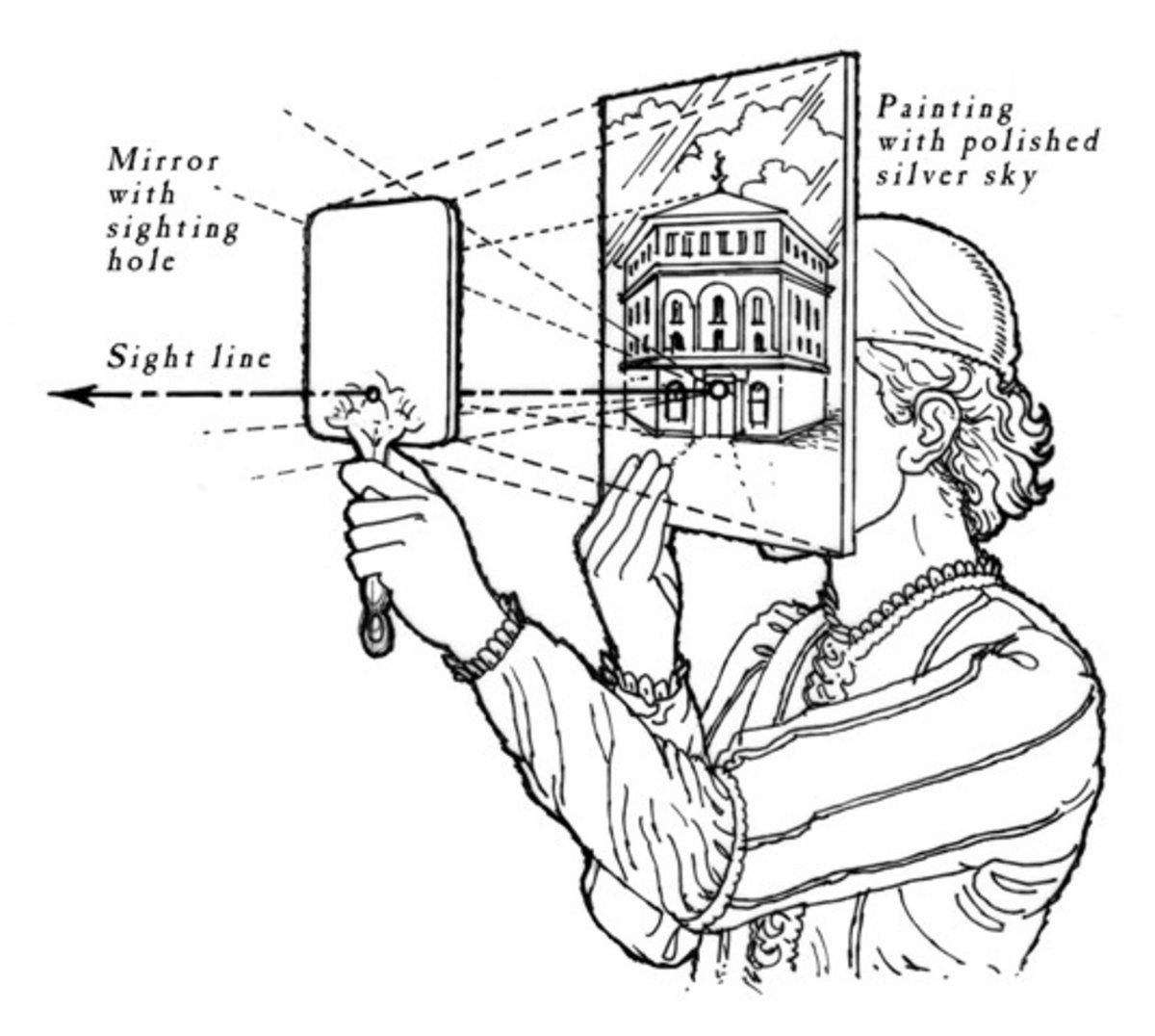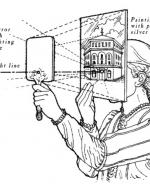Created by Shem Louis on Mon, 10/12/2020 - 01:39
Description:
In the year 1415, the artist Filippo Brunelleschi discovered, or more honestly, re-discovered a method of architecture that would revolutionize art forever. Linear Perspective allowed art to have depth and appear to be in 3D, allowing portraits and paintings to seem more realistic, a key factor that defined the Renaissance Era. This invention coincidentally gained prominence at the same time as another cultural movement, humanism. Humanism embraces human achievements in education, classical arts, literature, and science. Both of these characteristics of the Renaissance Era would combine together to put a light on art not seen before.
Filippo Brunelleschi was an Italian architect and designer. He is considered to be the founding father of Renaissance architecture. Filippo Brunelleschi a trained goldsmith has a wide range of achievements in the Renaissance Era including designing and overseeing the red dome on the Florence Cathedral. Brunelleschi designing the dome was a structural achievement that had not been done since ancient times, while also changing the course of architecture. However, it could be argued that his greatest achievement was the re-discovery of linear perspective in art, a discovery that would change the way art is seen, forever.
Linear perspective is a system of creating an illusion of depth on a flat surface. While it is evidenced that the Greeks and Romans had discovered a form of linear perspective in art (Column of Trajan/painted villas of Pompeii), during the Middle Ages this unique characteristic was lost. The artistic point of view was changed in the middle ages to reflect and emphasize the church. Artists were no longer interested in portraits of the human body or the world around them. After 1000 years of this artistic choice, it was clear to artists in Florence that they could not create depth in a painting. If you look at the work of late middle age and/or early renaissance painters, you can see the clear lack of depth evidenced. These paintings had a clear flat look to them. A question that seemed to have no current answer kept arising, "How can you make a picture seem realistic?" A simple question to people now, but a huge question that lacked an answer, an answer that wasn't known until Filippo Brunelleschi figured it out.
Brunelleschi seemed to observe that with a fixed point of view, parallel lines appear to converge at a single point in the distance. Brunelleschi would then apply a single vanishing point to a canvas, to which all lines on the same plane appear to converge and objects appear smaller as they recede into the distance. He would then use that method to calculate depth. A famous experiment involving Brunelleschi recalls him using mirrors to sketch the Florence baptistry to perspective perfection. Brunelleschi was able to use math to calculate the scale of objects within a painting to make them seem more realistic. Brunelleschi found a way to bridge the gap between math and art. This was a paramount achievement in art and architecture, and soon many other artists were using Brunelleschi's method of perspective to incredible results in their own paintings. This method was crucial to Renaissance art, where creating an accurate illusion of space could seem natural and then be applied to the human body. Brunelleschi's ideas became very well known after fellow Renaissance architect Leon Battista Alberti published them in 1435 in his book, On Painting. The use of linear perspective rapidly became and still is standard studio art practice today.
Sources:
“BRUNELLESCHI and the Re-Discovery of Linear Perspective.” MaItaly, 28 Feb. 2018, maitaly.wordpress.com/2011/04/28/brunelleschi-and-the-re-discovery-of-linear-perspective/.
says:, Cheryl Ernest. “Brunelleschi 'Rediscovers' Linear Perspective.” Drawing Academy, 26 Sept. 2018, drawingacademy.com/brunelleschi-rediscovers-linear-perspective.
Blumberg, Naomi. “Linear Perspective.” Encyclopædia Britannica, Encyclopædia Britannica, Inc., 31 Jan. 2020, www.britannica.com/art/linear-perspective.
“Filippo Brunelleschi.” Wikipedia, Wikimedia Foundation, 29 Sept. 2020, en.wikipedia.org/wiki/Filippo_Brunelleschi.


